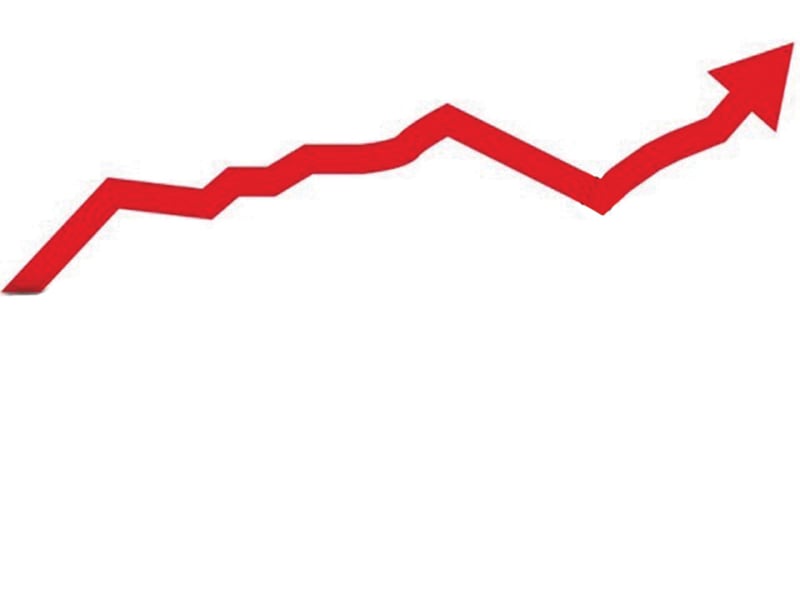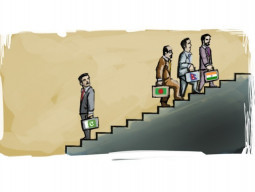
The slowdown in the pace of increase in prices of goods stopped last month as inflation rose 7.7% year-on-year, primarily due to disruption to the food supply chain following heavy rains and floods.
Inflation measured by the Consumer Price Index (CPI) – which tracks movements in prices of 481 commodities – increased 7.7% in September, according to data released by the Pakistan Bureau of Statistics – the national data collecting agency – on Wednesday.
It was for the first time since April this year that inflation rate was higher than the previous month. In April, the headline inflation was 9.2%, which gradually came down to 7% in August – a trend that has stopped, at least for the time being.

The rise in inflation is in line with the expectations of the Ministry of Finance and State Bank of Pakistan (SBP) as both have already warned of an increase in prices of edible and other commodities in the wake of damage caused by floods to crops planted over 2.4 million acres of land.
According to the Rapid Need Assessment Report, in five districts of Punjab hit the hardest by the floods, people have lost 43% of stored food stock.
Data suggests that the increase in headline inflation was solely the result of higher food prices. On a year-on-year basis, food inflation rose 7.2%, an increase of 1.6% in just one month.
The increase was in both perishable and non-perishable food items. The pace of increase in perishable items was recorded at 16% in September over a year ago while it was only 4.8% in case of non-perishable commodities, according to the PBS.
Potato prices doubled compared to September last year. Moong pulse rates increased about one-fifth while cigarette prices went up 22.6% due to higher taxes from July this year.
Fuel and food-adjusted inflation, known as core inflation, rose 8.1% year-on-year, an increase of 0.2% in a single month.
Anticipating the pressure on inflation due to the floods, the SBP has kept the key discount rate unchanged at 10%. In the past, the central bank used to target core inflation, but now it appears that the central bank has shifted from the core to headline inflation while arriving at a decision on the discount rate, according to independent analysts.
Monetary aggregates suggest that despite the rise in headline inflation, there is still room for the SBP to either keep interest rate unchanged or reduce it in the next policy announcement, they added.
According to the latest SBP data for the period July to September 19, money supply contracted by about 2% or Rs196 billion. The retirement of credit was more than the disbursement by the banking sector.
However, during this period, net government borrowings for budget financing increased by Rs59.4 billion. Gross borrowings remained at Rs76.6 billion.
Average inflation in the first quarter (July-September) of the current fiscal year stood at 7.52% compared to the same period of previous year, according to the PBS. For the current year, the government has set the inflation target at 8%.
Published in The Express Tribune, October 2nd, 2014.
Like Business on Facebook, follow @TribuneBiz on Twitter to stay informed and join in the conversation.












































COMMENTS
Comments are moderated and generally will be posted if they are on-topic and not abusive.
For more information, please see our Comments FAQ